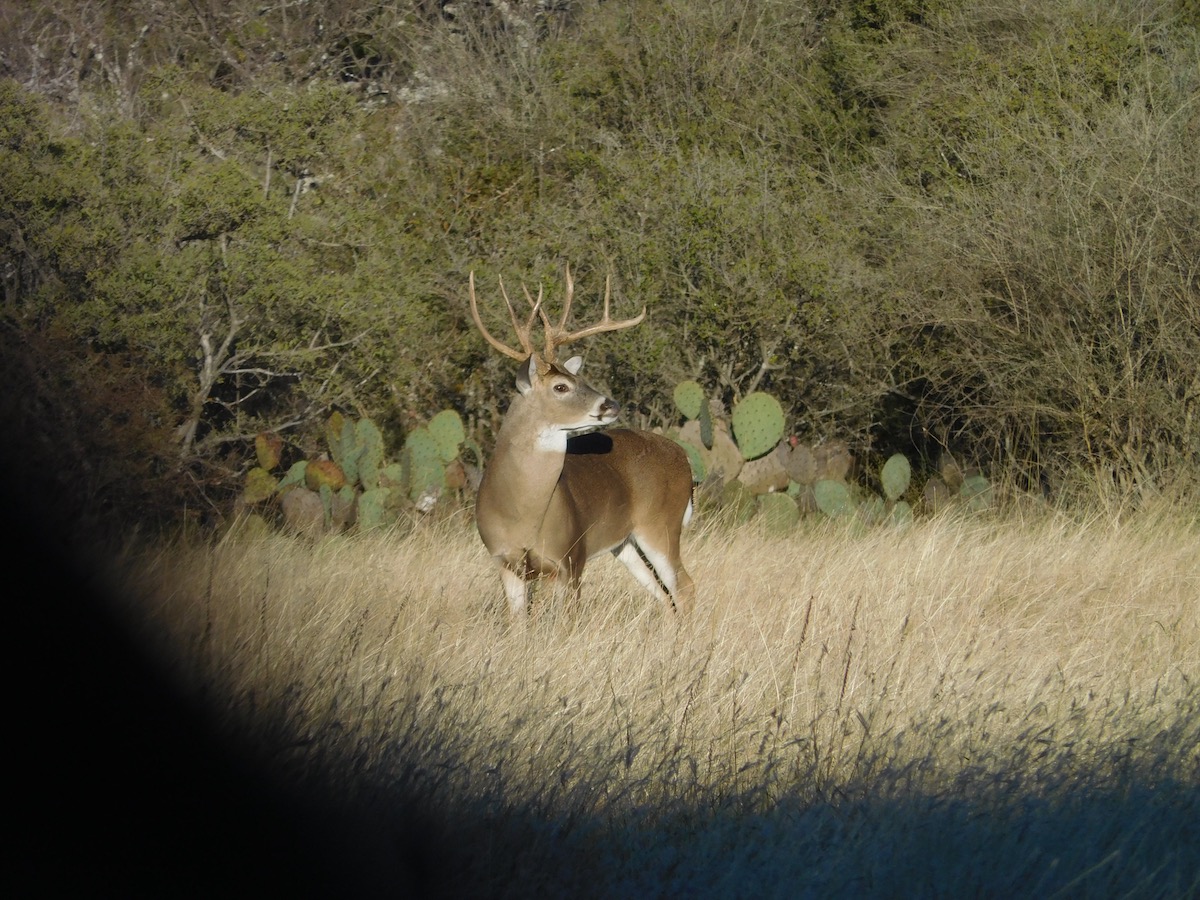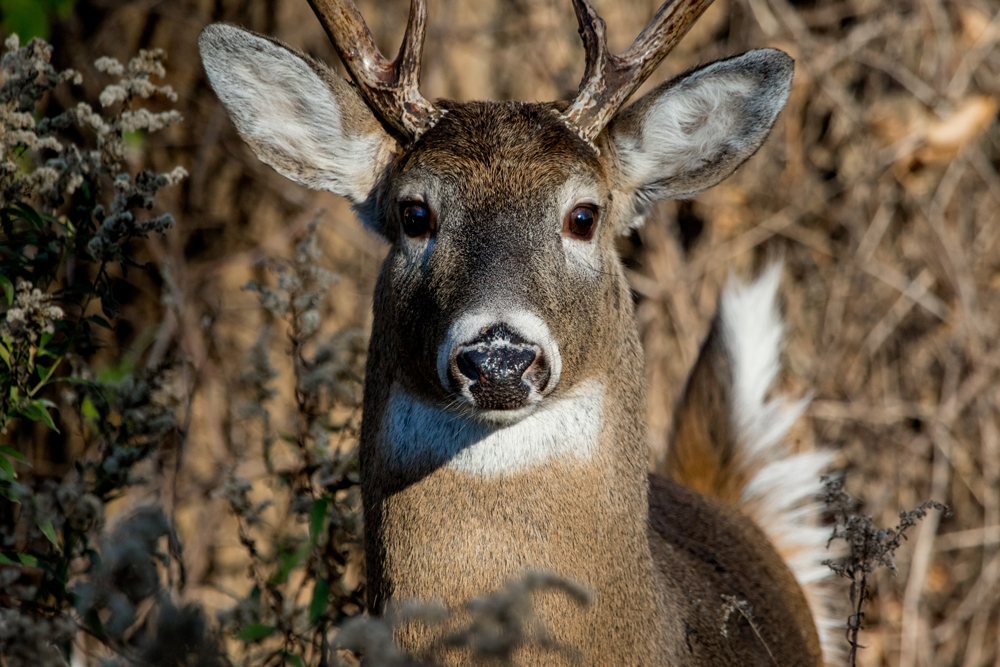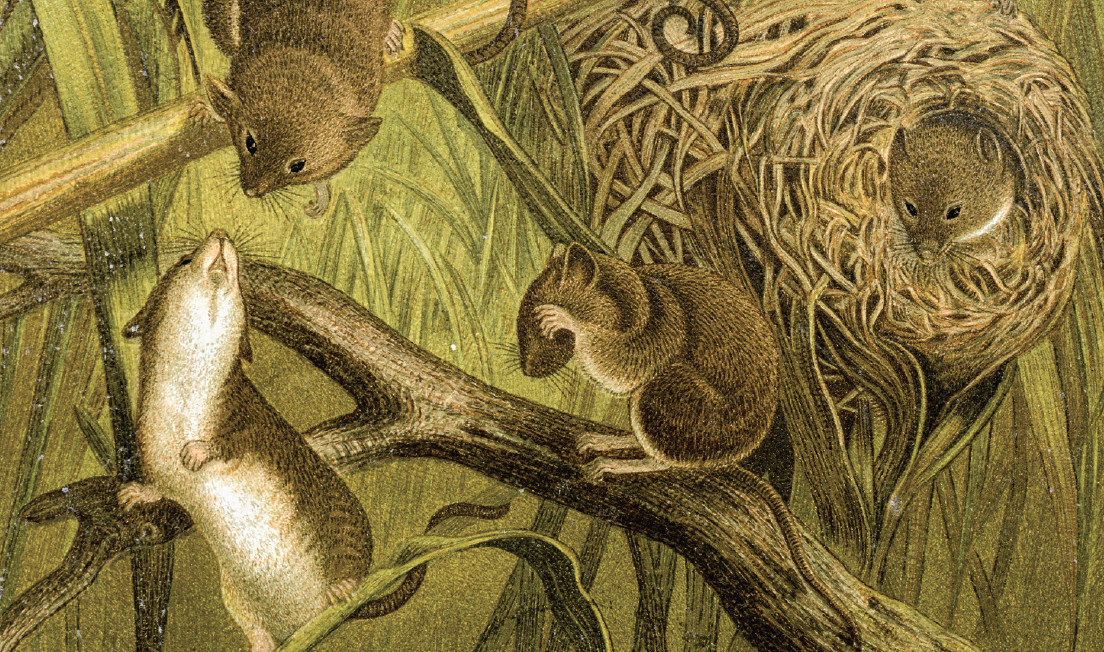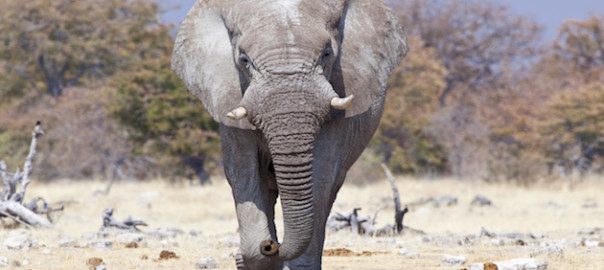A: My personal criterion for taking a whitetail has long been age, more than anything else. Although I do confess loving big antlers and delicious venison!
I appreciate your desire to only take mature deer.
Antler size generally is not a good way to judge a deer’s age, albeit younger bucks tend to have smaller racks than do older bucks. Nutrition and genetics play into a buck’s antlers as well. Genetics determines shape and size of antlers. Genetic antler potential can only be attained with good daily nutrition and achieving maturity. But realize too, a smaller antlered buck bred to the “right” doe could produce an offspring with huge antlers. Bucks do not necessarily breed true to their antlers style, although some do!
Essentially a whitetail deer’s skeletal system matures or reaches full growth at three or four years of age. Northern deer tend to mature a year earlier than do southern deer. Once all the long bones in the buck’s skeleton are fully developed, then nutrition beyond what is required for body maintenance can be channeled into antler development. Again, the reason mature bucks tend to develop bigger antlers.

Medium-age bucks tend to start looking like athletes. During the breeding season their necks tend to swell to at least the outer points their lower jaw. Bottom and top lines are still straight. During the rut, their tarsals are starting to show some staining.
Nutrition, in terms of protein, energy, minerals and vitamins on a daily rather than seasonal basis, is important throughout a deer’s life, from the time of conception until death.
To start at the beginning regarding your question. The first step in taking a mature buck is hunting where they exist in reasonable numbers. If there was not a relatively high fawn survival three and more years ago, meaning 40 percent (40 fawns produced by 100 does) or more, there probably will not be many mature bucks in the area. This, too, is complicated if hunting pressure is substantial where most bucks get taken before they have a chance to mature. Step one, hunt where there are mature deer in the herd.
Bucks, as they reach extreme age, which means generally seven years of age and older, generally tend to decline in antler development. The primary reason for that is their teeth having been ground down after years of chewing coarse browse. But, this is not always the case! I have seen some bucks that reach the age of 10 years old and beyond develop absolutely huge racks, the biggest of their lives. But these bucks are the exception rather than the rule.
On the average whitetail, bucks have their best antlers at age five or six. Again, all long bones are completely developed, and perhaps they are not as active about chasing does the year previous, so they do not get run down during the rut, like those bucks in the two to four-year age class, which tend to be the most active breeders. As a result, the five- and six-years olds come out of the rut in better body condition and are able to repair sooner than those bucks that have “chased” a tremendous amount and lost considerable weight. Again, this does not hold true to all bucks. Some bucks are truly active breeders and some are more passive about the rut. Some bucks, too, produce just enough testosterone to complete the antler development cycle, but then do very little or no chasing during the breeding season. These bucks generally tend to produce the biggest antlers. Remember, in whitetails the biggest antlered bucks are seldom the dominant buck in the area.
When it comes to judging age I often compare bucks to human counterparts. Young bucks, those a year and two old, look like human teenagers in terms of body. Their top back lines are a straight line as are their belly lines. Skin about the face and body is tight. Their necks generally do not swell beyond the outer points of their jaw during the rut and their hocks, tarsal glands are cream-colored.
Three-year old bucks tend to start looking like athletes. During the breeding season their necks tend to swell to at least the outer points their lower jaw. Bottom and top lines are still straight. During the rut, their tarsals are starting to show some staining.

Five- and six-year olds, as the rut approaches, tend to appear all neck and shoulders. Necks are greatly swelled, tarsals and hocks are darkly stained. Both their top and bottom line are showing some sag. The skin about their face is starting to sag.
Four-year olds tend to look very much like bulked-up athletes, muscular throughout the shoulders and neck. Their necks tend to swell beyond their their jaw during the rut and their tarsals tend to be darkly stained, sometimes all the way down to their ankles. While their top of the back line may still be straight, with some bucks they are starting to develop a little bit of a “belly.” Generally their buttocks are still muscular looking.
Five- and six-year olds, as the rut approaches, tend to appear all neck and shoulders. Necks are greatly swelled, tarsals and hocks are darkly stained. Both their top and bottom line are showing some sag. The skin about their face is starting to sag. Below their jaw line they often develop loose skin that looks like they have “jowels.” Their buttocks are starting to diminish and slope into their body. They tend to move like a human male in their late fifties and sixties—stiffly.
Seven-years and older bucks may or may not have huge swelled necks during the rut, and their tarsals and hocks may not be darkly stained, but will be stained. They move like an old human. They tend to have baggy skin about their face, lower jaw with jowels, and brisket area. Their top and bottom line tends to sag and they can appear to be a bit “pot-bellied.”
One of the other things I often do is when looking at a profile of a buck, is form a triangle between the nose the eye down to the bottom of the jaw line then back to the nose. Younger bucks tend to create a more acute triangle as opposed to older aged bucks. In other words, the line from the eye to the bottom of the jaw line is longer than those on a younger buck.
Please realize these are not hard and fast rules! Whitetail are individuals just like you and me. Some of us in appearance age quicker than others. One thing that tends to hold true in many instances is the presence or lack of darkly stained tarsals and hocks. Mature bucks tend to be darkly stained and immature bucks tend to be more cream colored. So often the first thing I look for when a buck appears is his hocks.
Generally, when addressing aging deer before a crowd, I ask three men in the audience to stand up…a teenager, someone in their late twenties or early thirties and someone over fifty. I then use then them as examples as to what to look for in aging bucks. If you’ll imagine those examples when hunting, you will likely come pretty close in determining if a buck is mature or not.
With aging does, it is a lot more difficult. But, they too tend to show a bit of baggy skin around their face as they age. They also tend to sag top and bottom once they get to be mature.
I personally do not tend to age a doe before I squeeze the trigger. The best advice I can give when it comes to taking a doe is to “shoot the one you can put your crosshairs on and pull the trigger!”
Hope this has been helpful. Please let us know how your hunting season goes. All the best of hunting!

As a wildlife biologist, Larry Weishuhn established quality wildlife management programs on approximately 12,000,000 across North America with emphasis on habitat and animal populations. As a writer, he has served on staff on numerous publications in hunting, shooting and wildlife management and has long been involved with the highest quality outdoor television productions.




